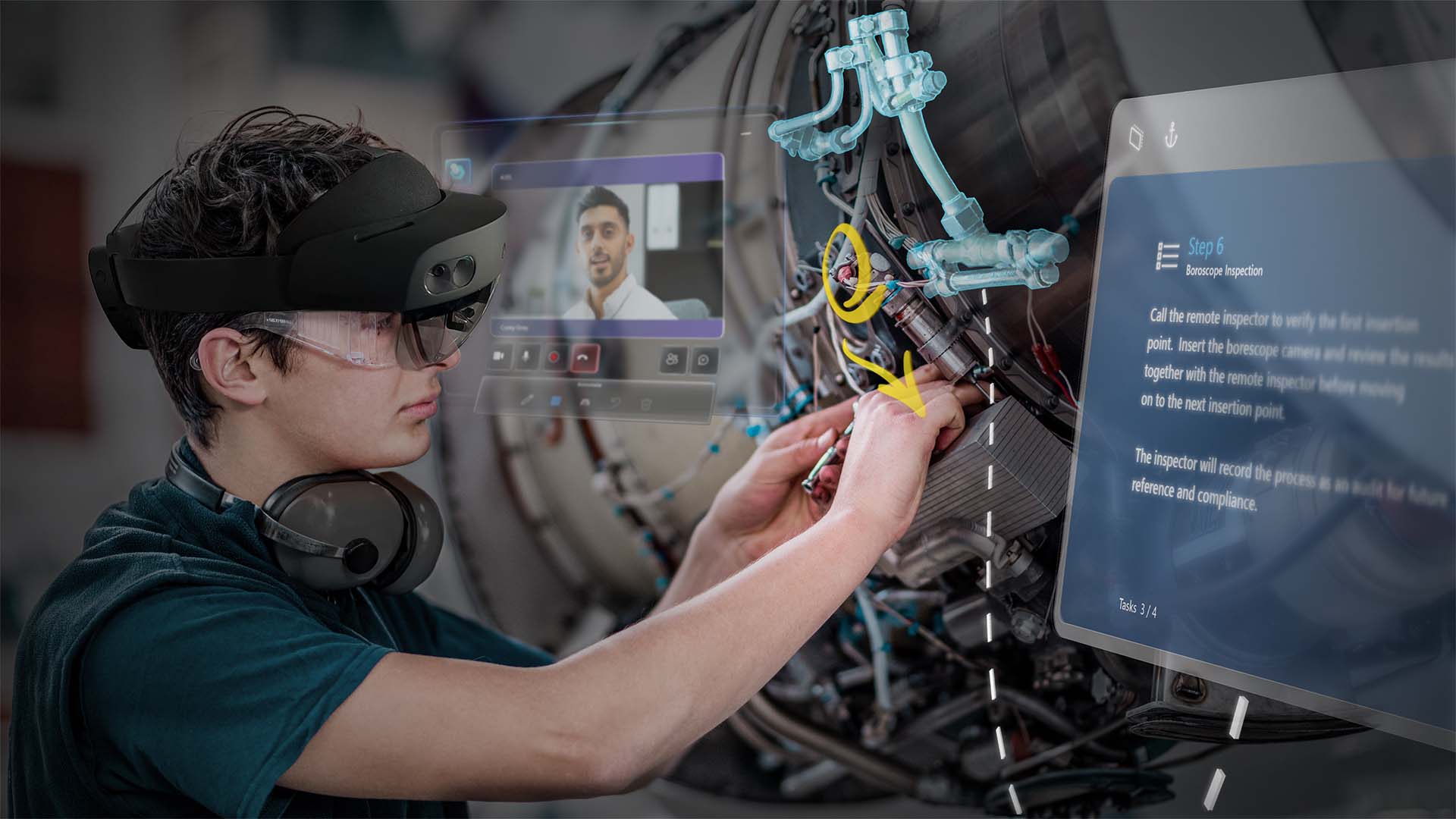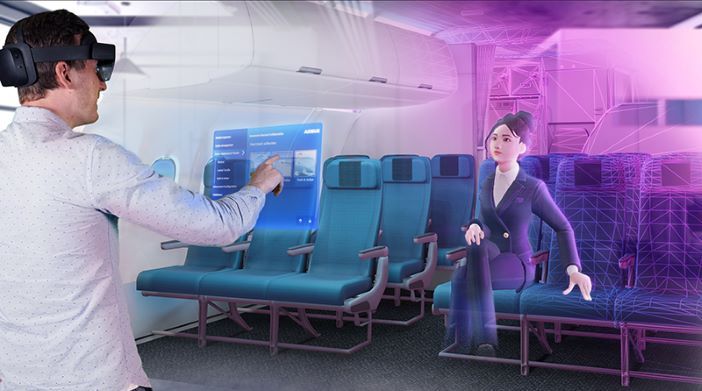Debunking the benefits of the Industrial Metaverse

The dawn of the Industrial Metaverse marks a pivotal moment in technological evolution, promising to redefine the boundaries of digital and physical realities in industrial landscapes. This emerging paradigm, fueled by advancements in virtual reality (VR), augmented reality (AR), mixed reality (MR), and artificial intelligence (AI), offers unparalleled opportunities for industries to innovate, enhance efficiency, and foster sustainability. Below, we explore the key features and long-term advantages of the Industrial Metaverse, drawing insights from the latest World Economic Forum report published in March 2024.
Key Features of the Industrial Metaverse:
Immersive Training and Upskilling.
The metaverse introduces immersive environments for training, enabling quick upskilling of talent in complex operations without risking health and safety. This approach has shown a 41% faster ramp-up of resources and a 33% higher learning retention rate compared to traditional methods.

Airbus using Mixed reality for Passenger Cabin Design
Enhanced Efficiency and Collaboration:
With technologies like XR (extended reality) enabling teams to reduce travel by 90%, the metaverse fosters a new era of boundless collaboration. On-site workers and mechanics benefit from a 60% increase in task efficiency and a 40% improvement in service times through AR-assisted remote expert consultations.
Shell x Realwear headsets for AR assist
Digital Twins and Spatial Computing:
At its core, the industrial metaverse leverages digital twins and spatial computing to create accurate virtual models of real-world environments and objects, significantly enhancing design, engineering, production, and operations.

Mercedes-Benz x Nvidia Omniverse Factory Digital Twin
Blockchain and Web3 Integration:
The development of a blockchain infrastructure and Web3 use cases linked to the industrial metaverse ensures the security of transactions and digital assets. This creates digital trust and enables us to take advantage of the various Web3 applications, from production chain traceability and auditability to the integration of decentralized digital identities.
Bosch, using DLT technologies to support IOT financial transactions
Long-term Advantages:
Sustainable Supply Chains:
Advancements in blockchain and spatial computing enhance supply chain transparency and traceability, promoting sustainability and reducing the need for physical interventions

Zuellig Pharma x EzTracker Blockchain Authentication
Improved Safety and Risk Management:
Digital twins and VR training environments minimize the need for high-risk on-site training, improving safety and efficiency in operations, especially in sectors like energy and manufacturing.

ENI Digital Twin for risk management & decision making
Innovation in Customer Interaction and Product Management:
The metaverse opens new channels for customer interaction and product management, enabling more personalized and engaging experiences.
APPLE Vision Pro set new standards for immersive experiences
Data Transparency and Efficiency:
With a 70% elimination of data duplication and a 50% increase in back-office efficiency, the metaverse enhances transparency and streamlines operations across sectors.
Boeing x Simba blockchain for part tracking among suppliers
Partnering with Doors3 for the Industrial Metaverse Journey
Recognizing the complexity and transformative potential of the industrial metaverse, partnering with a trusted expert is crucial to successfully navigating this environment. That's why we at Doors3 have developed an expertise dedicated to the integration of the industrial metaverse, with a 360° approach from team acculturation to the implementation of projects at scale thanks to first-rate technical partners.
.png?width=150&height=75&name=Design%20sans%20titre%20(7).png)



